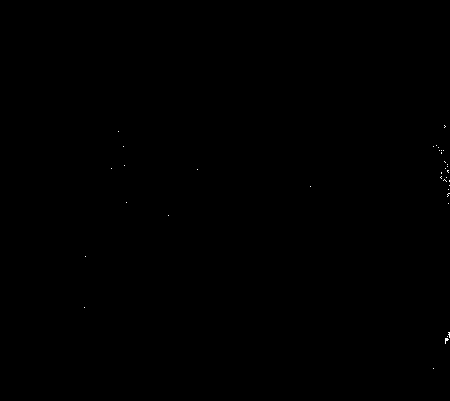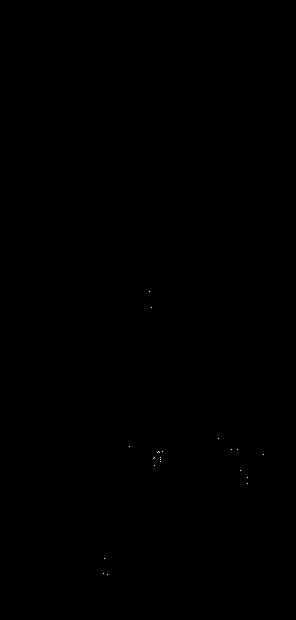Papaya tissue culture seedling rooting and transplanting method
A papaya and tissue culture seedling technology, applied in the biological field, can solve problems such as unfavorable large-scale production, high mortality rate by cutting method, inability to meet large-scale production, etc., and achieves reduction of the generation of swollen and deformed spongy roots and simplification of rooting culture. Links, improve the effect of transplanting survival rate
- Summary
- Abstract
- Description
- Claims
- Application Information
AI Technical Summary
Problems solved by technology
Method used
Image
Examples
Embodiment Construction
[0033] The beneficial technical effects of the present invention will be further described below in conjunction with the accompanying drawings and examples.
[0034] The implementation steps of the present invention are as described above. Principle route such as Figure 7 shown. Through the information collection and field investigation of papaya resources, the single plants with excellent age were selected as the objects of provenance collection. If this step has been done earlier, omit this step.
[0035] Now take a certain local papaya variety of the applicant as an example to illustrate the specific implementation process of the present invention:
[0036] The field mature side buds of the papaya variety 'Suluo' were used as explants to induce, subculture and rejuvenate to obtain adventitious buds with a length of 3 cm or more, strong growth and dark green leaves, which were cut from the base and transferred to the improved 1 / 2MS + 0.8mg / LIBA + 20g / L sucrose and vermicu...
PUM
 Login to View More
Login to View More Abstract
Description
Claims
Application Information
 Login to View More
Login to View More - R&D
- Intellectual Property
- Life Sciences
- Materials
- Tech Scout
- Unparalleled Data Quality
- Higher Quality Content
- 60% Fewer Hallucinations
Browse by: Latest US Patents, China's latest patents, Technical Efficacy Thesaurus, Application Domain, Technology Topic, Popular Technical Reports.
© 2025 PatSnap. All rights reserved.Legal|Privacy policy|Modern Slavery Act Transparency Statement|Sitemap|About US| Contact US: help@patsnap.com



